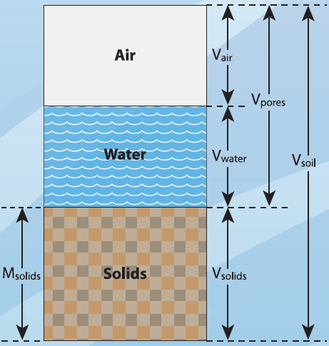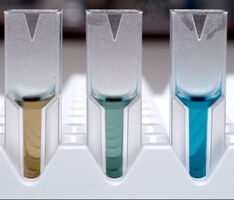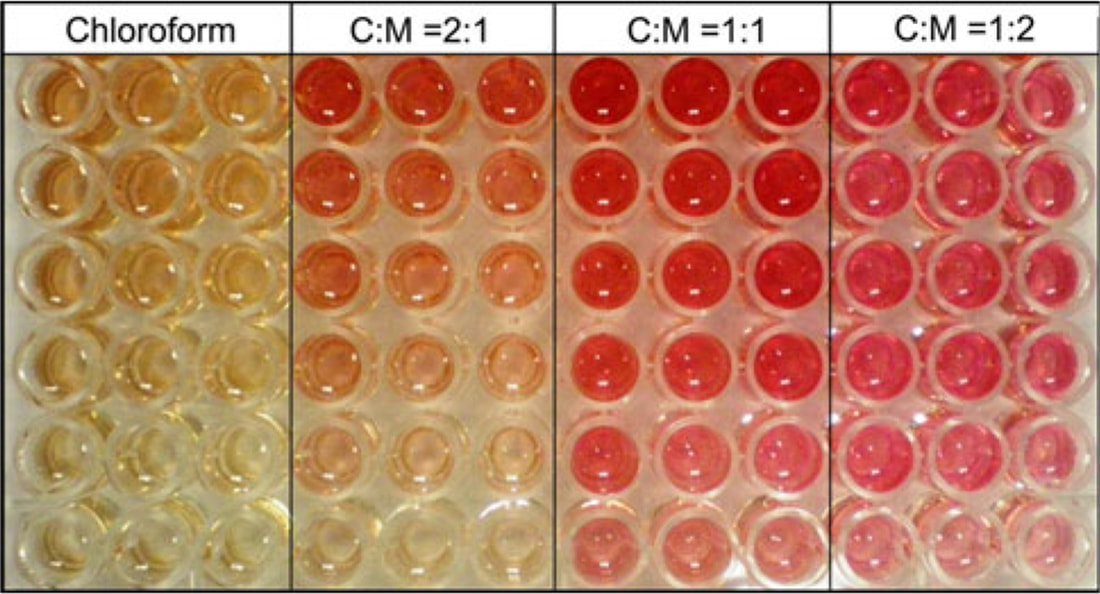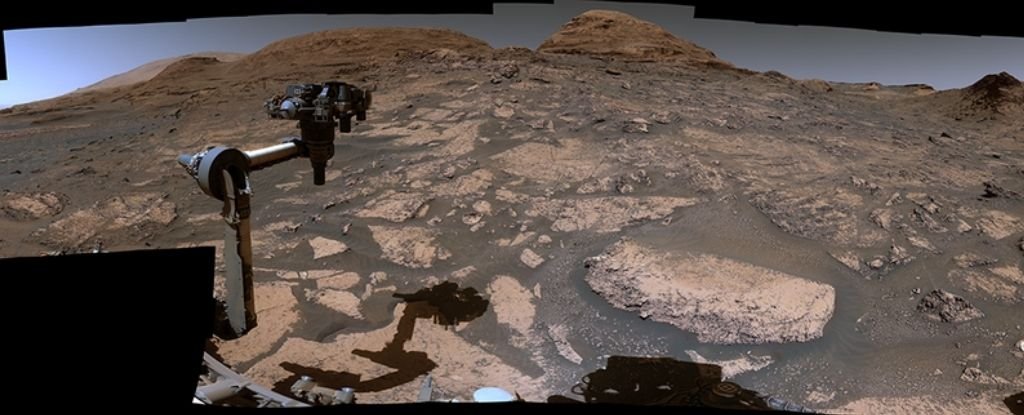|
Soil Density
Measurement of the particle density of soil (mass of solid particles per unit volume of solids) and bulk density (mass of dry soil per unit volume, including pore space) is essential to determine the soil's ability to function for structural support, water and solute movement, and aeration of the soil. These are measured by displacing water with solid particles, as Archimedes discovered 2000 years ago! |
IR Spectroscopy
Organic molecules generally have many bonds that can be observed. Infrared radiation can be absorbed by these bonds only if the energy of the radiation matches the magnitude of the dipole. This radiation is then re-emitted and can be detected by the IR spectroscope. These readings can determine functional groups or can even be compared to documented infrared spectra to determine the molecular composition. Different soils have different organic compositions and can be cross-checked with the ASTER soil spectra library.
Organic molecules generally have many bonds that can be observed. Infrared radiation can be absorbed by these bonds only if the energy of the radiation matches the magnitude of the dipole. This radiation is then re-emitted and can be detected by the IR spectroscope. These readings can determine functional groups or can even be compared to documented infrared spectra to determine the molecular composition. Different soils have different organic compositions and can be cross-checked with the ASTER soil spectra library.
Identifying Previous Signs of Life
The presence of calcite and dolomite (main components in fossils) can be detected with calcium strips and hydrochloric acid. If these minerals are located within the soil (even in small amounts), a difference in carbon dioxide levels and pH can indicate them. A calcium strip also placed in this solution will turn from blue to a wine red.
The presence of calcite and dolomite (main components in fossils) can be detected with calcium strips and hydrochloric acid. If these minerals are located within the soil (even in small amounts), a difference in carbon dioxide levels and pH can indicate them. A calcium strip also placed in this solution will turn from blue to a wine red.
|
Protein and Lipid Detection
The presence of proteins and lipids in the soil can further determine the sample's chemical composition. Protein detection can be done by binding a colored metal complex to a protein in acidic conditions. This incurs a color change, and the intensity is proportional to the concentration of the protein. Lipids can be detected in a similar method using sulfo-phospho-vanillin (SPV), which changes color proportionally to the concentration of lipids present. |
Detection of Geological Features
Panoramic imaging can be taken of a site as well as microscopic imaging of rock and sediment samples to determine the location of geological features as well as the history of the region. Observations taken at the site can determine all kinds of things, ranging from volcanic activity to meteorite impacts.
Panoramic imaging can be taken of a site as well as microscopic imaging of rock and sediment samples to determine the location of geological features as well as the history of the region. Observations taken at the site can determine all kinds of things, ranging from volcanic activity to meteorite impacts.













